-
-
-
Total payment:
-

What is standard acacia wood plywood?
Posted by Kiều Trang at 28/10/2024
Standard plywood made from acacia wood is a popular material in the construction, furniture, and woodworking industries due to its many outstanding advantages. Below is a deeper look at the characteristics, production process, applications, and considerations when using acacia plywood.
1. Material Characteristics of Acacia Wood
Acacia wood primarily comes from the acacia tree, particularly from acacia mangium or hybrid acacia species. This type of wood grows quickly and has a high regeneration capacity, providing a sustainable raw material source for the wood industry. Some notable features of acacia wood include:
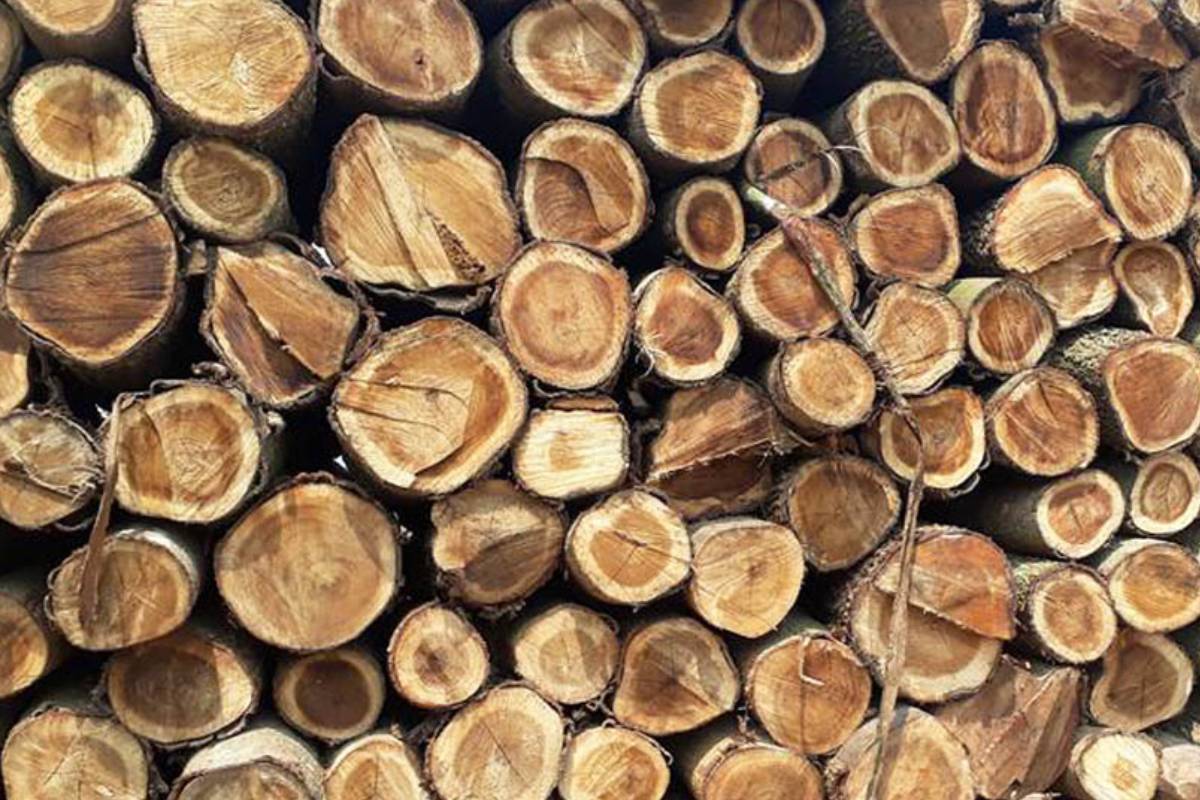
- High Durability: Acacia wood is resistant to warping, shrinkage, and cracking, which ensures a longer lifespan for products made from it.
- Mold and Pest Resistance: Acacia wood contains natural substances that help resist pests like termites, minimizing the risk of damage.
- Good Load-Bearing Capacity: Acacia wood can withstand significant weight and pressure, making it suitable for various applications.
2. Production Process of Acacia Plywood
The production process of acacia plywood includes several important steps:
- Cutting and Processing: Acacia wood is cut into thin sheets, usually ranging from 3mm to 25mm in thickness. This process creates uniform layers that are easier to press.
- Treatment and Drying: After cutting, the wood is treated to remove moisture and impurities. It is essential to dry the wood to achieve optimal moisture content before adhesive application.
- Adhesive Application: The layers of wood are stacked and bonded using specialized adhesives. The choice of adhesive is crucial as it affects the durability and moisture resistance of the plywood.
- Pressing and Shaping: The glued layers are then pressed under high pressure and temperature to create a solid, uniform board. This pressing process ensures that the wood layers bond tightly together.
- Quality Inspection: After production, acacia plywood undergoes quality inspection to ensure it meets standards for durability, stability, and load-bearing capacity.
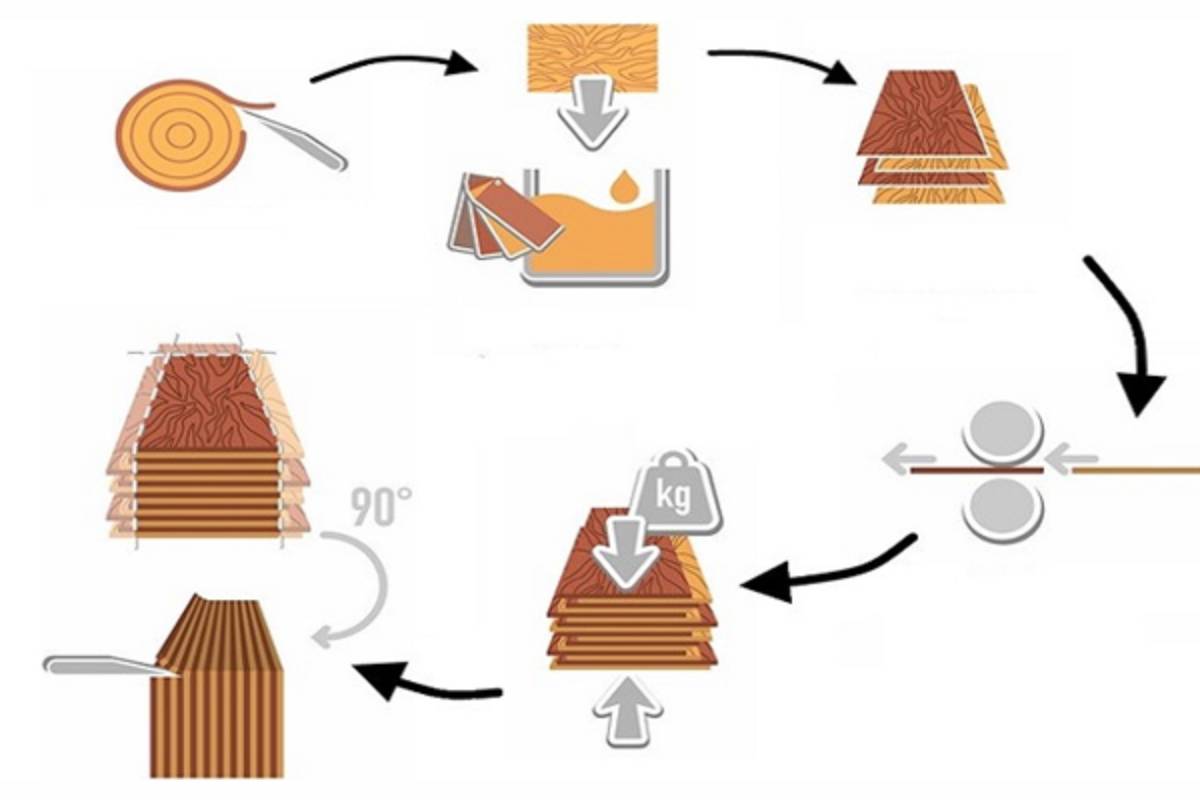
3. Quality Standards
Standard acacia plywood typically meets several quality criteria, including:
- Mechanical Strength: It must be able to withstand weight and impact well.
- Moisture Resistance: Some types of plywood are treated to resist moisture, protecting products in various environmental conditions.
- Stability: Plywood needs to maintain its shape and size when exposed to changes in temperature and humidity.

Products made from standard acacia plywood are often certified according to international standards such as ISO 9001 or Vietnamese standards, ensuring quality and safety for users.
4. Applications of Acacia Plywood
Acacia plywood has a wide range of applications in various fields, including:
- Construction: It is used for formwork, walls, floors, and other structures in construction. Its strength and load-bearing capacity enhance the stability of buildings.
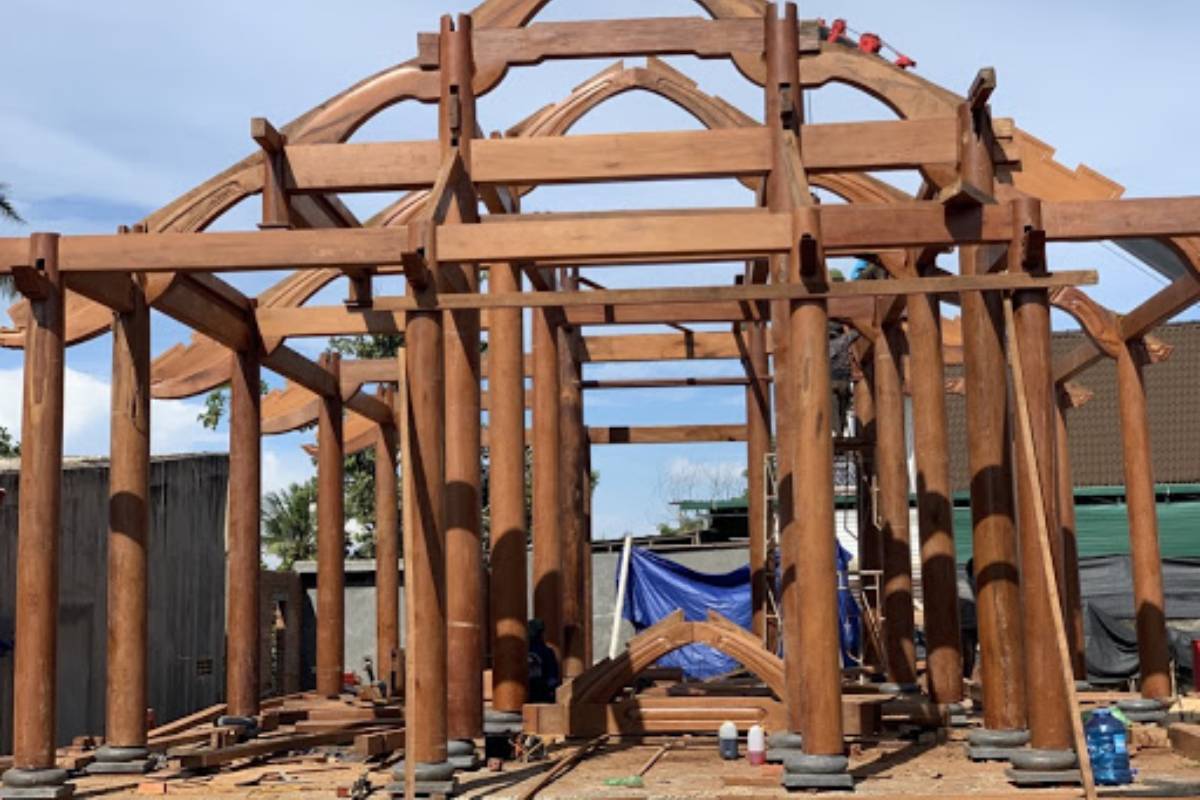
- Furniture: Acacia plywood is utilized in manufacturing furniture such as tables, chairs, cabinets, shelves, and decorative products. The wood surface can be processed to achieve high aesthetic appeal.
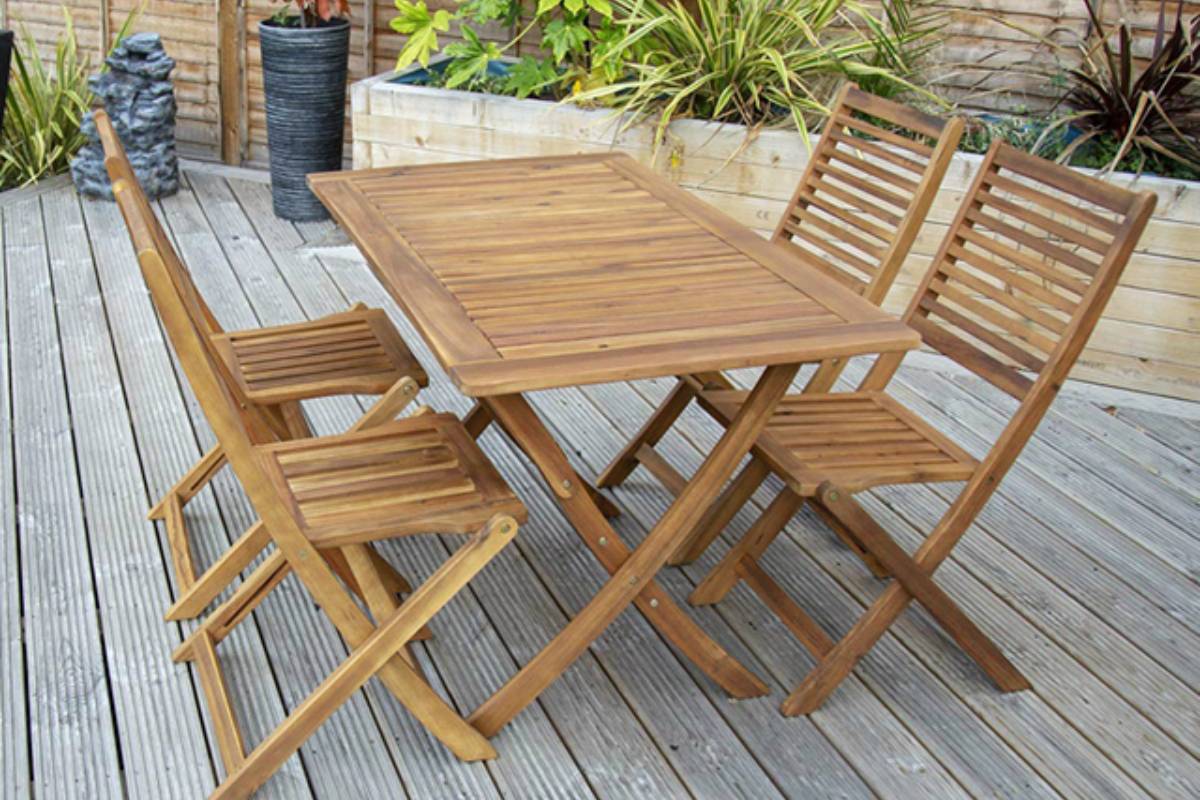
- Packaging: In the packaging industry, acacia plywood is used to create cartons, containers, and protective packaging for goods during transportation.
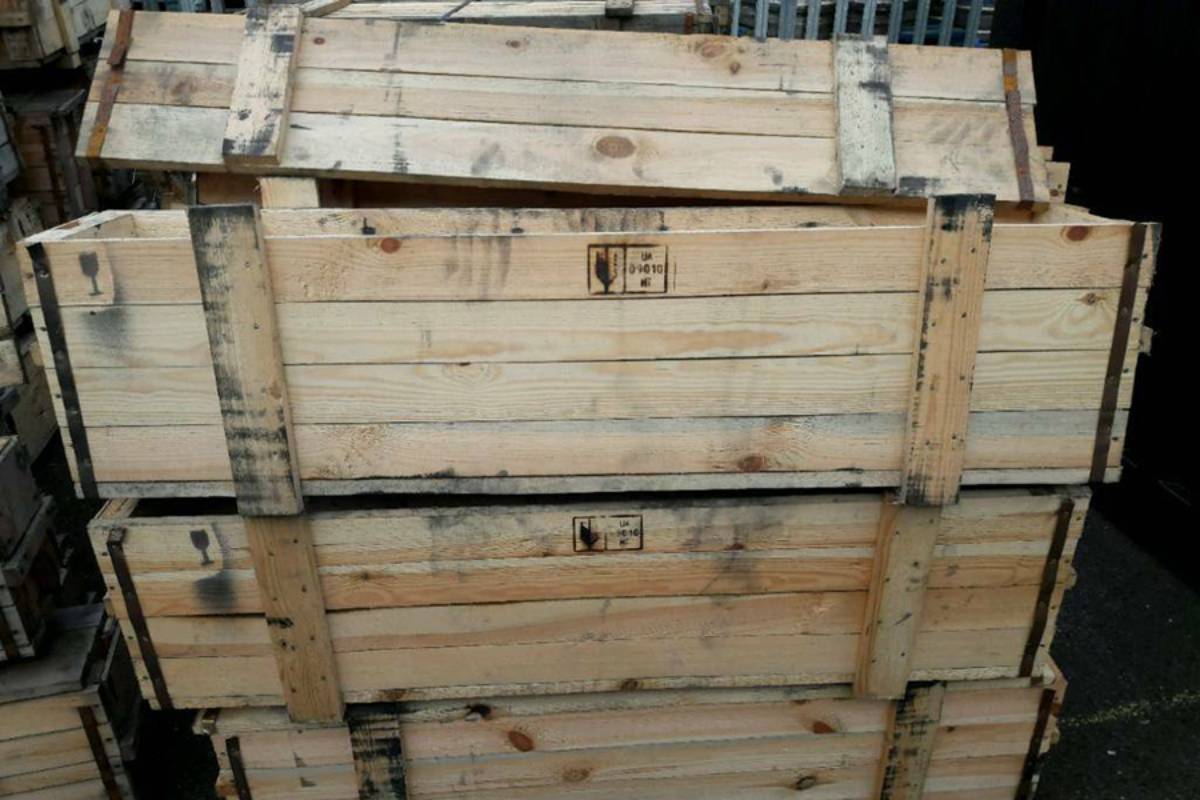
- Household Products: Plywood is also used in the production of household items like shelves, kitchen cabinets, and other kitchen equipment.
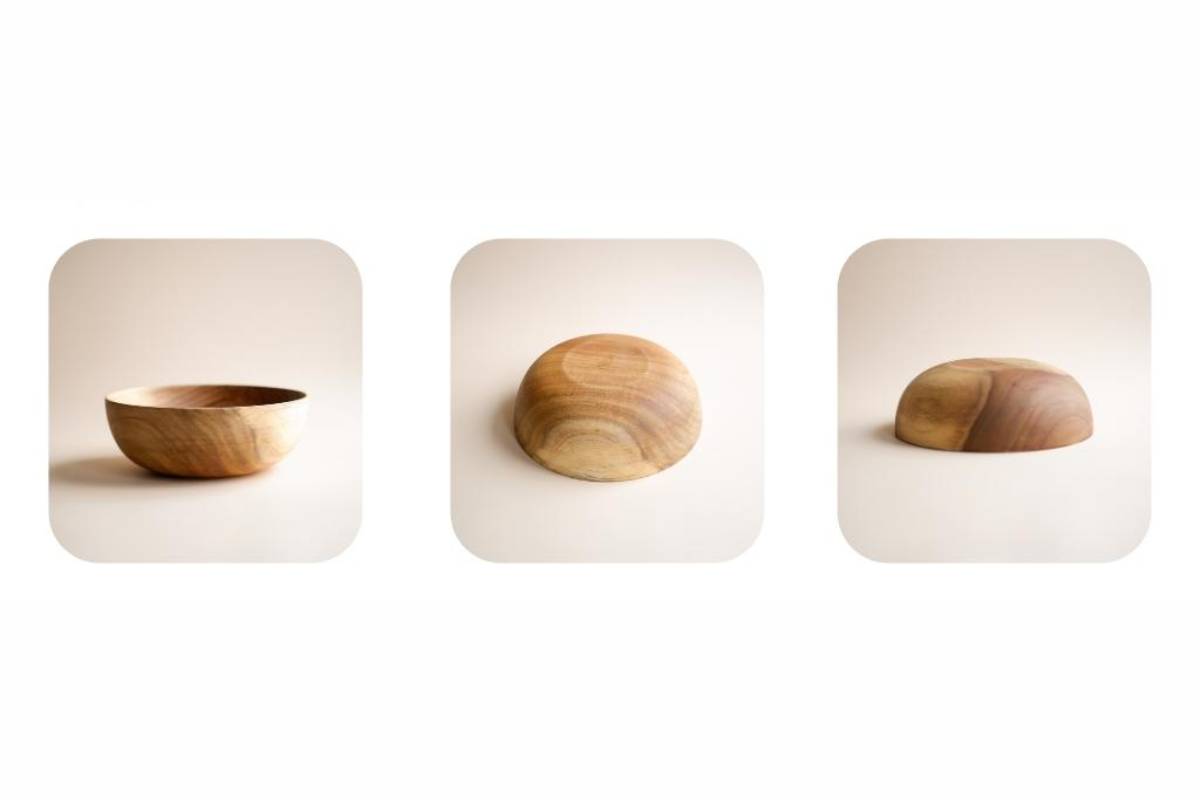
5. Notable Advantages of Acacia Plywood
- Cost-Effectiveness: Compared to other types of natural wood, acacia wood is generally more affordable, helping to reduce costs for plywood products.
- High Durability and Stability: Acacia plywood resists warping, shrinkage, and cracking, keeping products looking good over time.
- Environmentally Friendly: Acacia is often grown in sustainable farming models, helping to conserve forest resources and protect the environment.
6. Considerations When Using Acacia Plywood
- Storage: To ensure durability, acacia plywood should be stored in a dry place, avoiding direct contact with water or high humidity.
- Quality Inspection: When purchasing, inspect the plywood thoroughly to ensure there are no signs of damage, pests, or other defects.
- Installation and Use: Follow proper installation and usage guidelines to ensure the product's longevity.
Standard plywood made from acacia wood is an excellent choice for many applications due to its superior features and economic value. With modern production processes and guaranteed quality, acacia plywood meets market demands while contributing to environmental protection. If you need more information or specific advice about products, please feel free to reach out for assistance!










